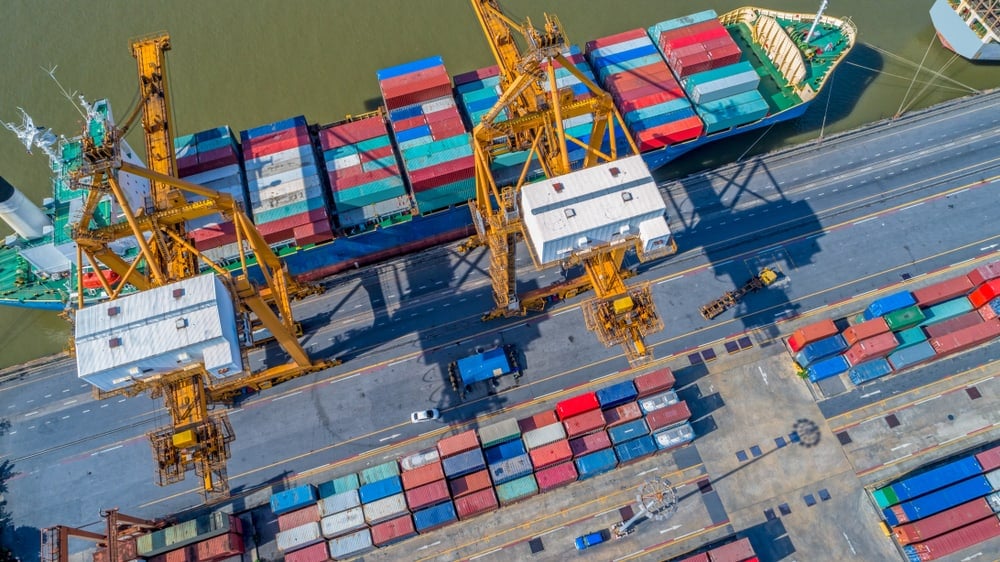VGM is an abbreviation that stands for Verified Gross Mass. Container weight verification requirements, as outlined by the Safety of Life at Sea Convention (SOLAS), have been required since July 1, 2016. The verified gross weight includes the mass of the material used to package the items, and the cargo items themselves. It also includes the weight of the container together with the loading equipment.
There are two methods of determining, or calculating, Verified Gross Mass.
The first method includes weighing the whole truck plus the cargo container, then deducting the mass of the truck. The second method involves measuring the weight of container and cargo separately, then adding the weights to obtain the final mass. This method also factors the mass of the loading equipment.
According to VGM regulations, a shipper must disclose to the vessel operator the VGM of the container, and the cargo, together with electronic signatures of the individual who declared the mass. This information must be disclosed before the cargo is delivered to the port. VGM policies and the regulations of Safety of Life at Sea or SOLAS, in short, prohibit loading of containers without VGM on sea vessels, per the IMO. The shipper can be subjected to regulatory fines, and other penalties, in situations where cargo is delivered to the port terminal without VGM declaration. These are called VGM charges.
The inaccurate declaration of VGM is a major risk that results in damage of sea vessels, and endangers the lives of employees.
It also leads to loss of revenue. The International Maritime Organization enforces VGM regulations. The IMO adopted the regulations to enhance the safety of cargos and those involved in the transport of containers and cargo along the supply chain, per Maersk Line. The main purpose of the VGM document regulation is to get an exact gross weight of packed containers so that vessel’s and terminal operators can put together vessel loading and storage plans before loading cargo containers on ships. This requirement will protect the vessel, terminal operators’ people, and equipment, as well as the shipper’s cargo.
The provider of the Verified Gross Mass is called the shipper. The shipper, in this case, is the party, or individual, named on the multimodal transport document or the ocean bill of lading. It is the vessel operator’s responsibility to ensure the VGM is declared before including cargo in the stowage plan.




